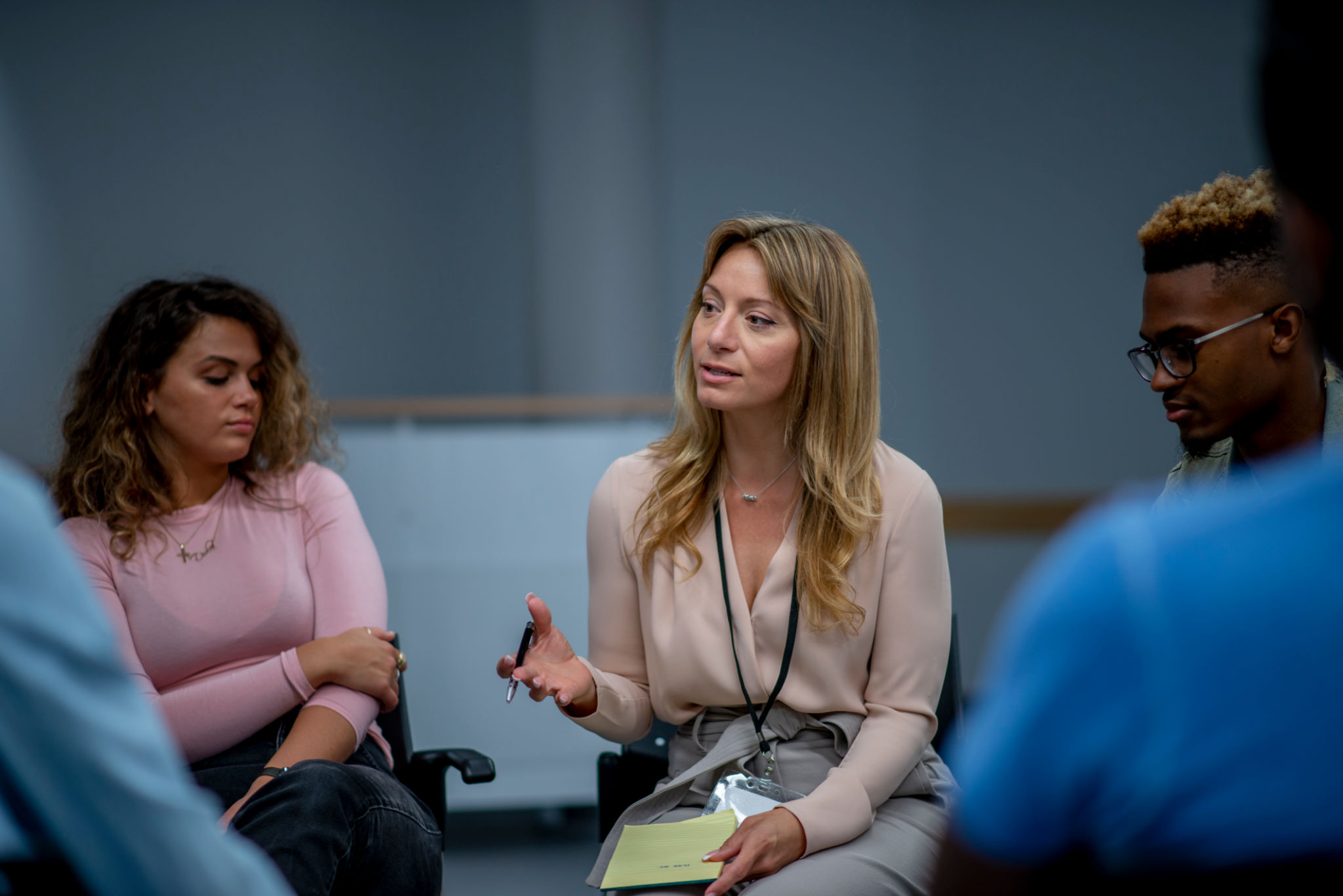Empowering Neurodiverse Teams: Strategies for Inclusive Leadership
Let’s not mince words, the modern workplace still has a neurotypical default setting. From performance reviews to brainstorming sessions, we reward certain behaviours and overlook others. If your team feels like a meeting of clones, you’re probably missing the untapped goldmine of neurodiverse thinking.
But here’s the kicker! Neurodiverse teams don’t just deserve inclusion, they deliver results. We’re talking sharper innovation, deeper problem solving and more creative conflict resolution (CIPD, 2021). The catch? It only works when leaders actually lead inclusively.
So, how do we get there? Spoiler! It’s not about token policies or slapping a rainbow on the Jira channel. It’s about behavioural intelligence, practical flexibility and the courage to do things differently.
Understanding Neurodiversity: Not a Buzzword, a Brain Truth
Neurodiversity includes conditions like autism (ASD), ADHD, dyslexia, dyspraxia, Tourette Syndrom (TS), not as disorders to be ‘fixed’, but as natural variations in how brains work. It’s the behavioural equivalent of different operating systems. Some folks are Windows 11, some are macOS Ventura and a few are still crushing it on Linux.
The big behavioural insight? Neurodiverse individuals may flex across all four colours, but often bring exceptional value in non typical expressions of 'Red - Dominant' focus, 'Yellow - Influential' creativity, 'Green - Steadfast' dependability, or 'Blue - Analytical' precision. Problem is, the workplace often misreads or undervalues those signals.
Inclusive leadership starts with not mistaking difference for deficiency.

Make It Work: Crafting Environments That Support Everyone
Think flexibility. No, not the yoga kind, the behavioural kind. Inclusive leaders reconfigure the playing field so everyone can play well.
Flexible work hours: ADHDers might thrive with deep-focus sprints outside the 9–5 grind.
Remote options: Autistic employees may do their best work without the social drain of open-plan chatter.
Quiet zones & sensory breaks: A simple room with dim lighting and silence can be the difference between burnout and brilliance.
And let’s bin the “one-size-fits-all” onboarding. Tailor the first 90 days with input from the person, not a template. Let them tell you what helps them succeed — then listen and adapt.

Speak My Language: Communication That Actually Lands
Here’s the thing, we all think we’re good communicators. But neurodiverse teams will quickly expose any fuzzy, vague or passive-aggressive nonsense.
Get specific! Get visual! Get structured!
- Use written follow-ups to verbal instructions.
- Break info into chunks, not essays.
- Avoid “just a quick chat” meetings by providing an agenda and stick to it.
- Multiple channels, please: verbal, written, visual. Let them pick what works.
And most crucially? Create psychological safety where people can say, “I didn’t get that, can you explain it differently?” without fear of looking slow.

Personalised Development: Strengths Over Stereotypes
oo many L&D programmes focus on ‘fixing’ behaviour — smoothing out what makes people different. But neurodiverse brilliance often lies in those very jagged edges.
Ditch the cookie-cutter. Instead:
Map behavioural strengths to real-world challenges.
Create development plans based on individual energy zones (e.g. Blue - Analytical thinkers might prefer deep-dive problem-solving over team facilitation).
Offer mentorship, not micromanagement. Neurodiverse talent often thrives with guidance that’s consistent but non-patronising.
And don’t forget regular check-ins — not performance interrogations, but behaviour-based coaching. Ask: What’s working? What’s draining? Where do you shine?

Collaboration Without Conformity
Neurodiverse teams often shine brightest when collaborating across behavioural differences, but only if they’re not forced to mimic each other.
Here’s the move: engineer purposeful collaboration.
- Build project teams based on complementary behavioural traits e.g. a 'Red - Dominant' decision-maker, a 'Blue - Analytical' planner, a 'Green - Steadfast' organiser, and a 'Yellow - Influential' ideator.
- Rotate roles to stretch comfort zones without snapping them.
- Explicitly discuss team norms, not just assume them. What does ‘collaboration’ look like for each person?
Done right, you’ll unlock the kind of creative tension that sparks breakthroughs.

Policies That Actually Mean Something
Don’t just stick “neurodiversity” in your EDI policy or training course and call it a day. Policies should protect and enable.
- Offer assistive tech allowance, noise-cancelling headphones, screen readers, focus tools.
- Create clear pathways to reasonable adjustments, without needing to jump through HR hoops like a circus poodle.
- Train managers not in legal compliance, but in behavioural empathy.
Policies are culture, written down. If your policies don’t reflect how you actually treat people — they’re just wallpaper.

Leadership that Doesn’t Just Talk Inclusion, It Lives It
The best inclusive leaders don’t claim to be experts, they get curious, stay coachable, and role-model the behaviour they want to see. (SHout out to Claire & Angela)
That means:
- Owning your blind spots.
- Adapting without ego.
- Calling in difference, not calling it out.
If you lead with authenticity, humility and practical behavioural intelligence, your neurodiverse team won’t just survive, they’ll thrive, innovate, and probably outpace the rest of your organisation.
Final Word
Empowering neurodiverse teams isn’t charity, it’s smart leadership. And it’s not about changing people to fit your systems, it’s about changing systems to fit your people.
Start small. Start now. And start by visiting: www.bmbyou.com, where behaviour meets bold leadership.
#Hashtags
#NeurodiversityAtWork #BehaviouralLeadership #InclusiveLeadership #DISAmodel #WorkplaceInclusion #LeadershipDevelopment #bmbyou

